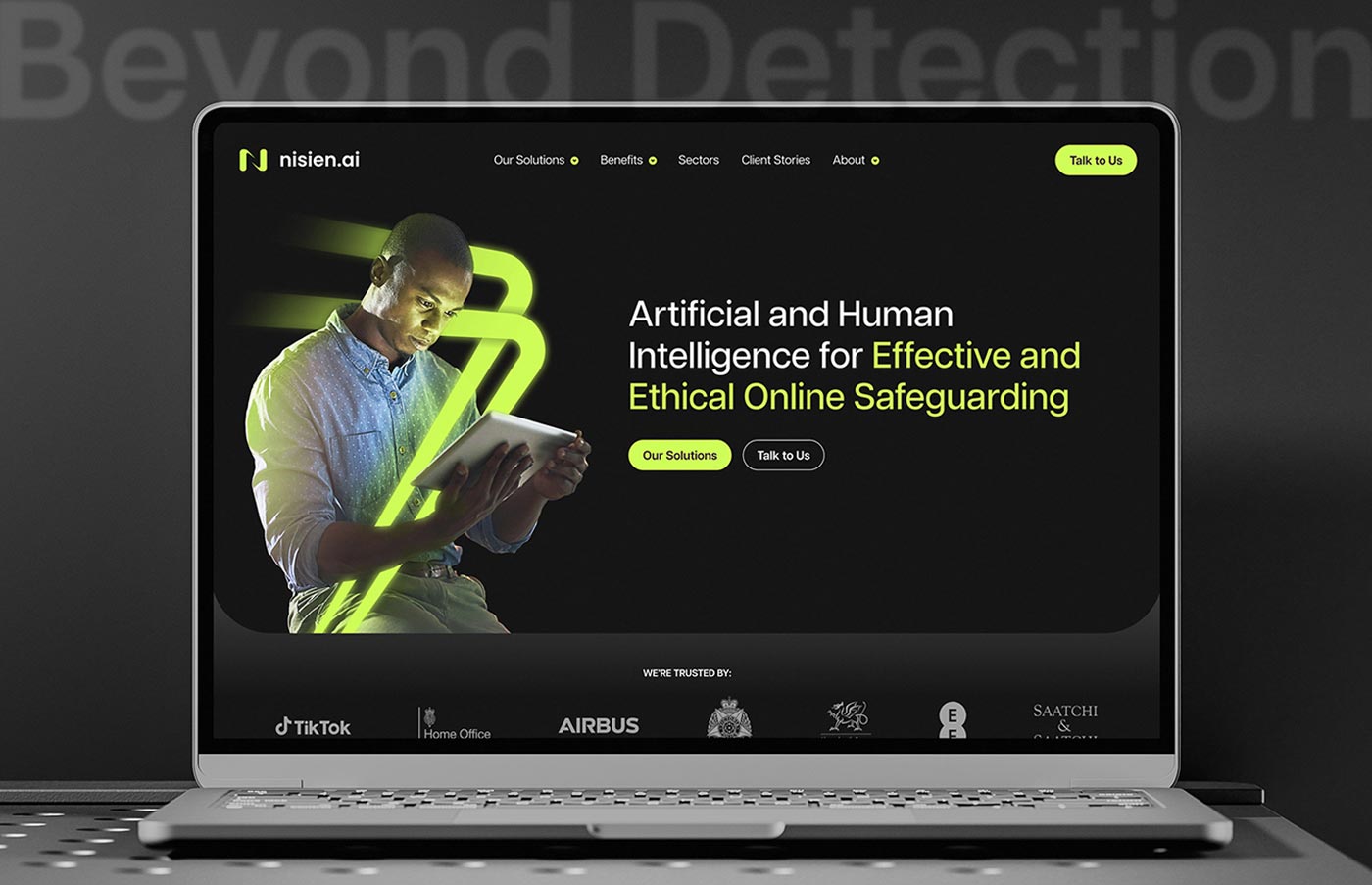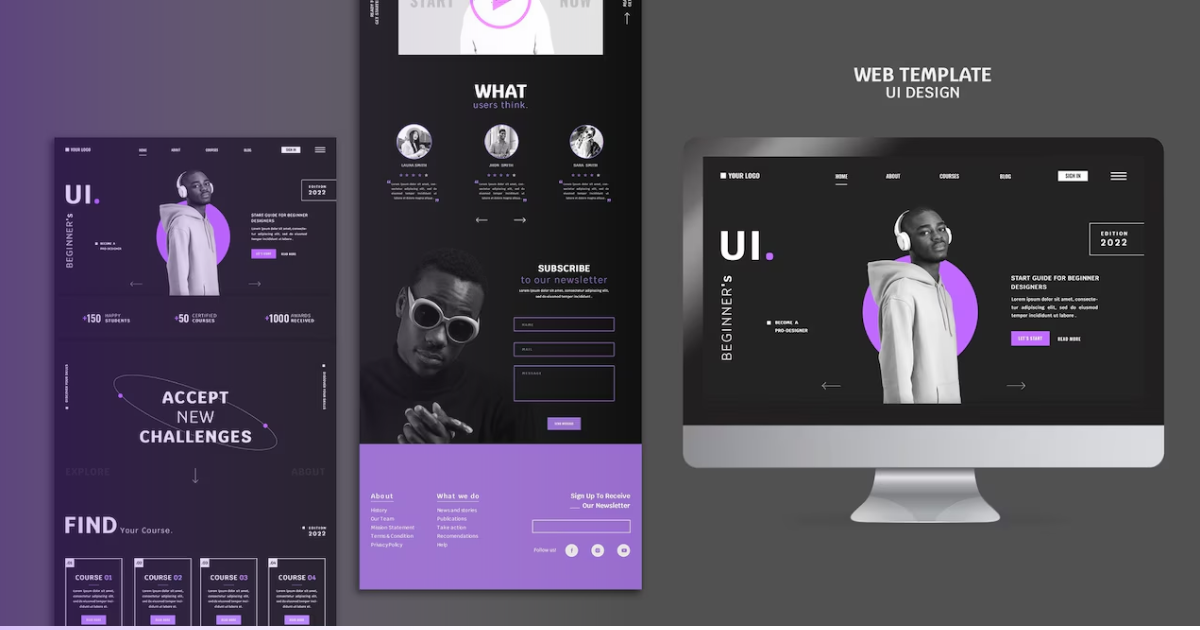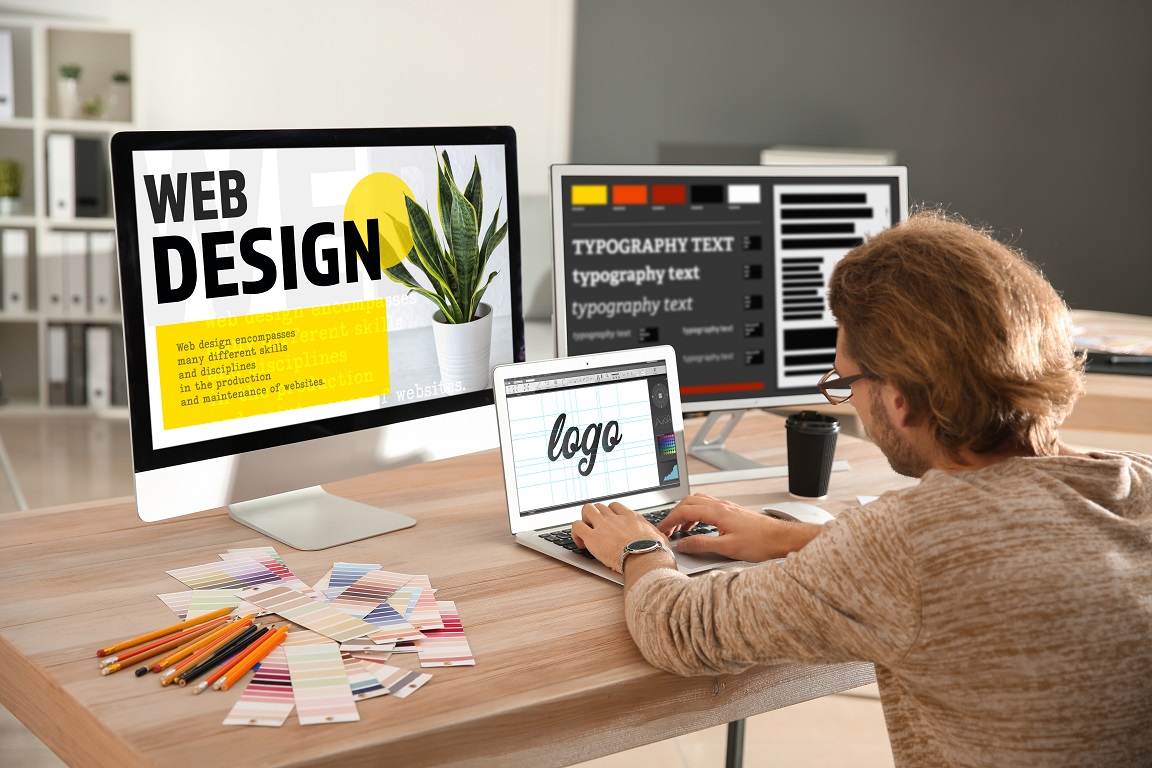The Necessary Aspects of Effective Website Design: A Comprehensive Overview
Efficient website design encompasses different crucial components that substantially influence customer experience. It demands careful consideration of aspects such as mobile responsiveness, instinctive navigation, and aesthetic pecking order. Each element plays a necessary duty in crafting a site that not only attracts visitors but additionally keeps them. Recognizing these fundamental facets is critical for companies aiming to enhance their on the internet visibility. What really differentiates a successful internet site from its competitors?
Recognizing Customer Experience (UX) Design
Customer experience (UX) Design works as the backbone of reliable website design, focusing on exactly how users engage with a web site. It encompasses numerous components, including usability, ease of access, and total complete satisfaction. A successful UX Design begins with individual research, determining the target audience's actions and demands. Prototypes and wireframes are after that developed to picture the internet site's structure and flow. Web Design Johannesburg. Testing with genuine individuals offers beneficial insights, permitting developers to fine-tune the user interface and improve navigation. Aesthetic Design elements, such as typography and color pattern, improve the overall aesthetic while supporting functionality. Ultimately, reliable UX Design warranties that individuals can quickly accomplish their objectives, fostering involvement and loyalty. By prioritizing user experience, sites can achieve greater conversion rates and a favorable online reputation
Value of Mobile Responsiveness
As mobile gadgets progressively control web usage, guaranteeing mobile responsiveness has actually ended up being vital for efficient website design. Web sites that are not optimized for mobile can bring about a bad customer experience, resulting in greater bounce prices and lost possibilities. A mobile-responsive Design allows web content to adapt flawlessly to various display sizes, making sure that users can access details quickly, no matter of the device they utilize. Additionally, search engines prioritize mobile-friendly web sites in their rankings, making responsiveness a critical element for visibility and web traffic. With a growing variety of customers accessing the web by means of smartphones and tablet computers, businesses need to spend in mobile responsiveness to enhance user interaction, boost brand name assumption, and ultimately drive conversions. Effective website design must prioritize mobile responsiveness to continue to be affordable in today's digital landscape.
Crafting User-friendly Navigating
Navigating acts as the backbone of any type of efficient web site, directing visitors with material with simplicity. An user-friendly navigation structure boosts user experience by allowing users to locate details quickly and efficiently. Clear labeling of menu products is crucial; it should show the web content precisely, preventing jargon that may confuse users. In addition, a logical hierarchy is essential, enabling customers to recognize connections between different areas. Uniformity across web pages assists strengthen expectations, while breadcrumbs supply context and an orientation. Receptive navigating food selections that adjust to different tools even more improve ease of access. Ultimately, the objective is to create a smooth journey for visitors, ensuring they can discover the site without aggravation, causing a much more engaged and completely satisfied target market.
Using Visual Power Structure
Aesthetic hierarchy plays a crucial duty in web Design by guiding customers' focus and improving their experience. Effective format techniques, together with thoughtful choices in shade and typography, can significantly influence how info is perceived and processed. Recognizing these elements is important for developing useful and aesthetically attractive websites.
Significance of Visual Power Structure
Effective web Design rests on the concept of visual power structure, which guides individuals via content in a user-friendly and sensible manner. This principle is crucial for enhancing user experience, as it assists prioritize details and routes focus to important aspects. By developing a clear power structure, internet developers can guarantee that customers easily recognize vital messages, calls to action, and navigating choices. A well-structured aesthetic pecking order minimizes cognitive tons, enabling individuals to process information efficiently. Furthermore, it fosters engagement by creating an appealing format that welcomes exploration. Ultimately, comprehending the value of aesthetic power structure is essential for any kind of internet developer intending to create straightforward and reliable sites that successfully communicate their desired messages.

Methods for Efficient Layout
An efficient format acts as the foundation of any kind of effective web Design, allowing users to easily browse via web content. Reliable methods include grid systems, which give a structured framework for lining up elements, guaranteeing uniformity and balance. Additionally, making use of whitespace tactically can enhance focus on essential areas, reducing aesthetic clutter and leading customer attention. Focusing on web content via size and positioning further emphasizes vital info, while contrasting elements can develop a clear visual power structure. Executing responsive Design strategies guarantees layouts adapt effortlessly across gadgets, preserving usability. Finally, incorporating intuitive navigation help, such as menus and switches, enhances individual experience, making it much easier for visitors to discover pertinent details swiftly. With each other, these methods create the structure of an efficient web design.
Shade and Typography Choices
While shade and typography options might feel like easy Design elements, they play an important function in developing aesthetic power structure on a web site (Web Design Johannesburg). Color can guide individuals' interest, set apart areas, and communicate brand name identification. By strategically using contrasting shades, designers can highlight essential telephone calls to activity, ensuring they stick out. Typography, on the various other hand, affects readability and customer involvement. A well-chosen font can convey tone and personality, while varying font sizes and weights can produce a clear structure. For circumstances, bigger, bolder headings attract focus, while smaller sized body message provides comprehensive info. Together, effective shade and typography options produce a cohesive visual experience, leading users via the content effortlessly and enhancing total use
Picking the Right Color Pattern
How does one choose the ideal color design for an internet site? Choosing the right shade plan is crucial for boosting individual experience and conveying the brand name's message. Designers should begin by considering the target audience and the emotions that different colors stimulate. For instance, blue frequently represents trust, while red can develop seriousness. It is necessary to limit the scheme to a few corresponding colors to keep visual consistency and prevent overwhelming customers. Utilizing devices like color wheel applications can assist in selecting shades that function well with each other. In addition, designers need to ensure that there is enough contrast in between text and history colors for readability. Eventually, a well-thought-out color pattern can greatly influence a web site's effectiveness and individual involvement.
Integrating Involving Material

Involving content is essential for capturing and retaining the attention of internet site visitors. It functions as a bridge between the site's Design and the customer's experience, cultivating deeper links. Effective material commonly includes a mix of interesting articles, enchanting visuals, and interactive components that motivate individual engagement. By utilizing narration strategies, websites can evoke emotions, making the product more remarkable and relatable. Furthermore, including user-generated content, such as reviews or testimonials, enhances reputation and constructs trust with the audience. Clear calls-to-action guide individuals toward desired results, guaranteeing they stay involved. Overall, a tactical technique to material growth not just improves user experience however likewise drives conversions, making it a critical aspect of efficient website design.
Optimizing for Rate and Performance
Enhancing for speed and performance is necessary for improving user experience on a site. Techniques such as photo compression, minifying CSS and JavaScript, and leveraging browser caching can significantly decrease loading times - Web Design South Africa. These methods not only improve performance yet additionally add to much better online search engine rankings
Image Compression Techniques

Minifying CSS and JavaScript
Although several web developers focus on image optimization, minifying CSS and JavaScript is just as necessary for enhancing website rate and performance. Minification entails eliminating unnecessary characters from code, such as whitespace, remarks, and formatting, without influencing its performance. This procedure results in smaller sized file dimensions, which results in quicker loading times and improved customer experience. By minimizing the quantity of data moved between the server and the customer, minification helps lessen bandwidth use and enhances general website performance. Furthermore, online search engine favor much faster sites, which can boost search rankings. Executing devices and automated procedures for minifying these manuscripts can streamline web growth and maintenance, making certain that performance remains a concern throughout the lifecycle of a website.
Leveraging Web Browser Caching
Leveraging internet browser caching greatly enhances internet site speed and performance by storing frequently accessed resources locally on a user's gadget. This method minimizes the requirement for repeated requests to the server, considerably lowering filling times for returning site visitors. By making use of HTTP headers, web programmers can define caching regulations for numerous resources, such as manuscripts, pictures, and stylesheets. Appropriately carried out caching techniques allow customers to experience faster page loads, causing improved user complete satisfaction and engagement. Additionally, internet search engine favor web sites with optimized performance, possibly enhancing search positions. Consistently managing and assessing cache setups ensures that users obtain updated material while still taking advantage of the effectiveness of cached resources. In final thought, effective internet browser caching is an essential part of enhancing web performance.
Frequently Asked Inquiries
Exactly how Do I Choose the Right Website Design Tools?

Choosing the ideal internet Design devices entails examining project demands, understanding individual demands, and assessing numerous software application attributes. Compatibility, ease of use, and area support are likewise important elements to think about for efficient Design end results.
What Are Common Website Design Errors to Stay Clear Of?
Common web Design mistakes to avoid include messy designs, poor navigation, insufficient mobile responsiveness, slow-moving loading times, and neglecting individual experience. Efficient designs focus on functionality, ease of access, and simplicity to involve users and improve satisfaction.
How Can I Determine My Internet site's Success?
To measure a site's success, one may analyze metrics such as web traffic, conversion prices, customer interaction, and bounce rates. Making use of devices like Google Analytics can give beneficial understandings for recurring optimization and enhancement methods.
What Function Does Search Engine Optimization Play in Internet Design?
Search engine optimization significantly influences website design by ensuring that internet sites are structured for search engine presence. This consists of optimizing website rate, mobile responsiveness, and content quality, inevitably enhancing customer experience and driving organic traffic.
Exactly how Usually Should I Update My Website Design?
The frequency of website Design updates relies on sector patterns, customer comments, and technical innovations. Commonly, a refresh every 2-3 years is advisable, making certain the website remains pertinent and straightened with present standards and customer expectations.
User experience (UX) Design offers as the backbone of reliable web Design, focusing on how customers communicate with a website. With check out here an expanding number of individuals accessing the internet by means of mobile phones and tablets, businesses have to spend in mobile responsiveness to enhance customer involvement, improve brand name perception, and eventually drive conversions. An intuitive navigating structure enhances customer experience by allowing individuals to locate details swiftly and efficiently. Appropriately carried out caching strategies enable individuals to experience faster web page tons, resulting in improved user complete satisfaction and engagement. The regularity of site Design updates depends on sector trends, individual comments, and technological improvements.